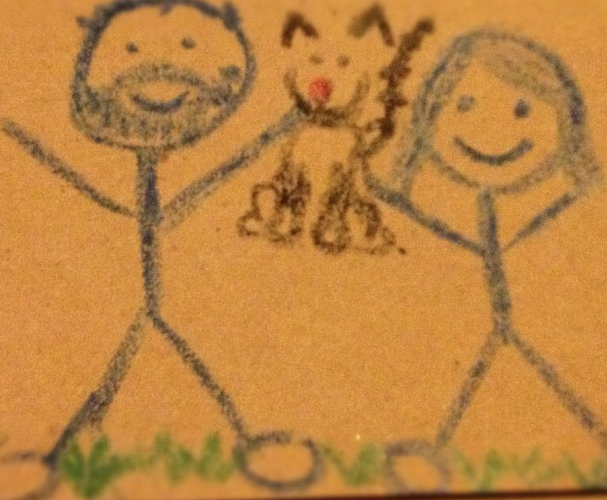A Picture is Worth a Thousand Crayons by Angee Turnbull
Do you remember how excited you were when you got your first box of Crayola crayons? It was a rainbow of colours with each crayon lovingly wrapped in paper, perfectly sharpened with a distinctive point on the end. How proud you were with each creation, and excited when Mom and Dad displayed it on the fridge.
Art, in its most simplistic form, can provide hours of peace and enjoyment regardless of the age of the individual creating it. It is now looked upon as a powerful tool in helping mental illness, trauma victims, Alzheimer/dementia clients, troubled youth, and autistic children. There are no hard and fast rules with art. Each work of art is as individual as the person who creates it.
Recently, over a coffee, I had the pleasure of discussing a local initiative, Arts After School Kids (AASK), with a local community advocate, Trevor Cherewka. This program provides children with the first opportunity they might have to become involved in the arts. Gayle Myke, the founder of AASK, knew what having this program would have meant to her when she was young and growing up. The after school program has been offered in Eagle Place to children aged 11-14 at no cost to the participants. The charity relies on a passionate group of volunteers who willingly share their expertise and love of both art and music. The results have been both productive and positive. Instead of rushing home to sit in front of a television, computer game, or perhaps some other negative option, these youth now have a positive and rewarding opportunity. Little do they realize that the steps they have taken to participate in the art/music program are building self-esteem, self-expression, creativity, communication skills, and problem solving skills.
It was during this discussion with Trevor regarding the Arts After School program that I realized how similar their program is to what we are trying to accomplish with our Alzheimer/dementia clients. We currently offer a very successful Art Therapy program in our Hamilton/Halton Chapter, but would love to bring this to our Brantford Chapter.
Alzheimer’s disease attacks the brain one section at a time. The section called the Parietal Lobe, which is responsible for imagination and creativity, is not initially affected. Therefore, Alzheimer clients are benefiting from Art Therapy programs that are being offered around the world. What is evident is that the spoken word is not the only way to communicate with the outside world. Art can be a nonverbal, emotional expression that bypasses the limitations that this disease inflicts on Alzheimer/Dementia clients. As with the after school program, Art Therapy is providing the Alzheimer client the opportunity to build their self-esteem and give them something to look forward to. Museums are offering private tours for Alzheimer/Dementia clients and it is interesting to listen to the opinions of the participants. They begin to a have a dialogue with other clients about the art. They discuss the colour, shape, form and expression of the work. There are no wrong answers. It is an opportunity to leave the day-to-day Alzheimer journey and escape to another world where one’s imagination can create new and exciting memories. In the art classes, it is evident that each client feels joy and satisfaction at the completion of their work. Time stands still, and for a brief second we are back with our box of crayons, looking forward to displaying our work.
Art has provided an opportunity for some of our own Brantford youth to build self-esteem and to develop their creativity. Is it so different from the Art Therapy programs that are now being offered around the world to Alzheimer/Dementia clients? Not really. Art transcends the ages. The artist, young or old, builds self-esteem and a sense of gratification after completing their work. Art can now offer another method of communication, since the traditional methods are currently being compromised. This results in a new closeness as the clients no longer feel alone in their journey, but can share in their mutual love of producing art pieces that will hopefully be displayed for all to see.
Young or old, anyone can hold the crayons of expression. Art is communication transcending verbal limitations, and is truly rewarding.
